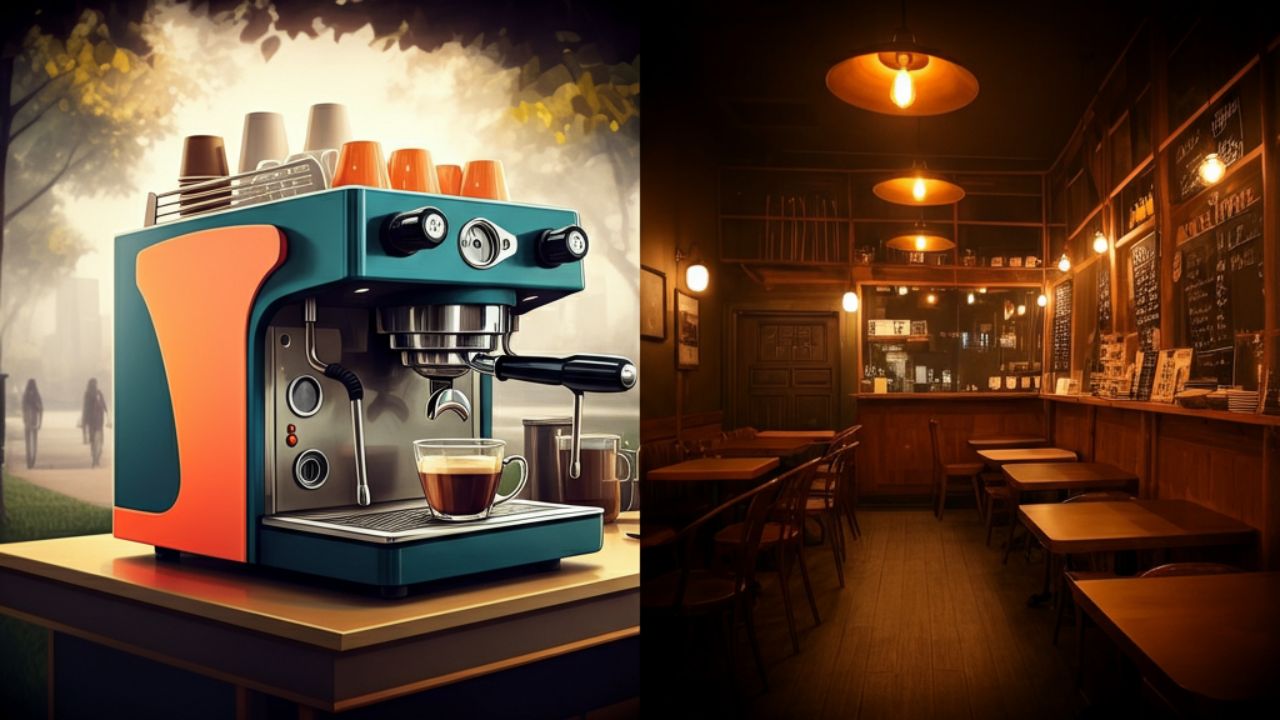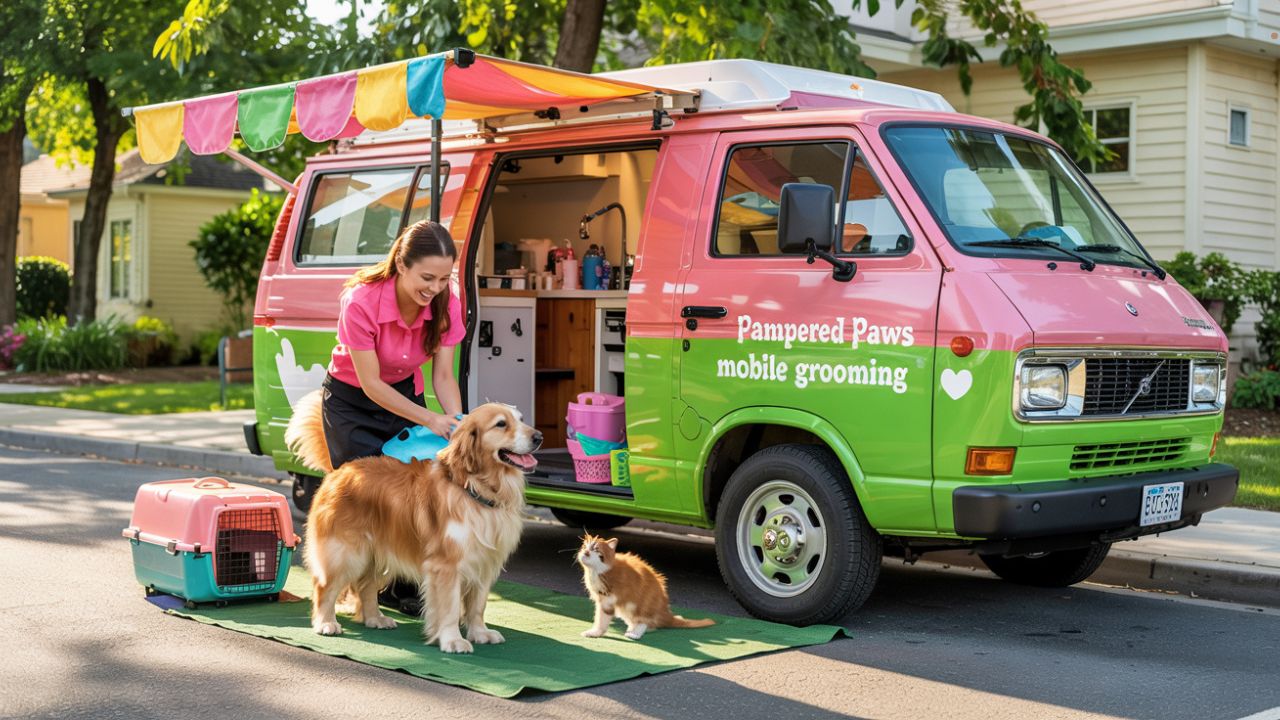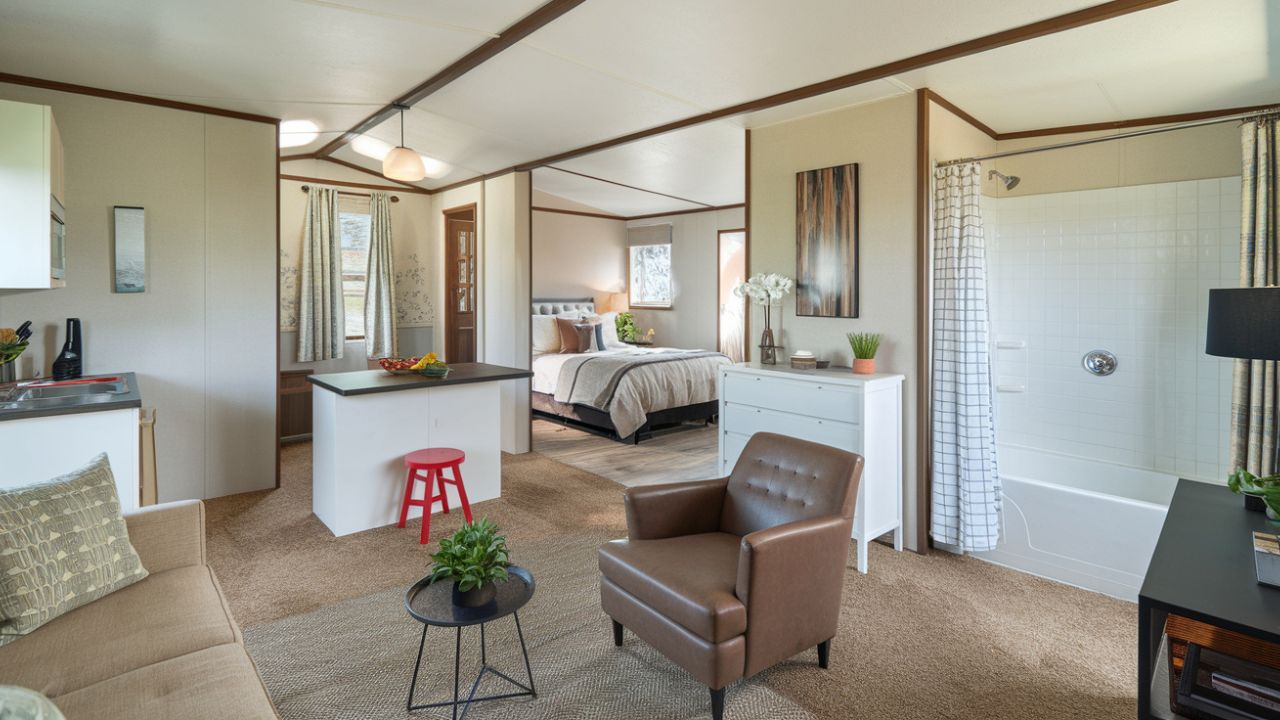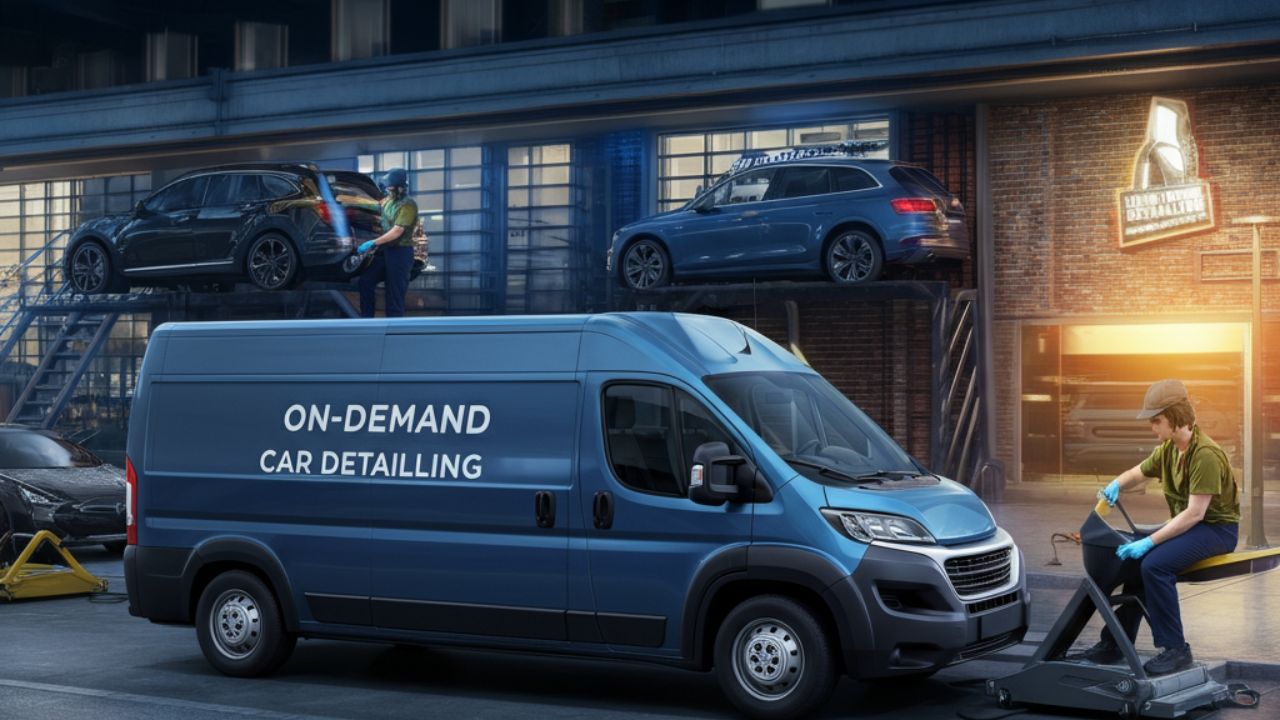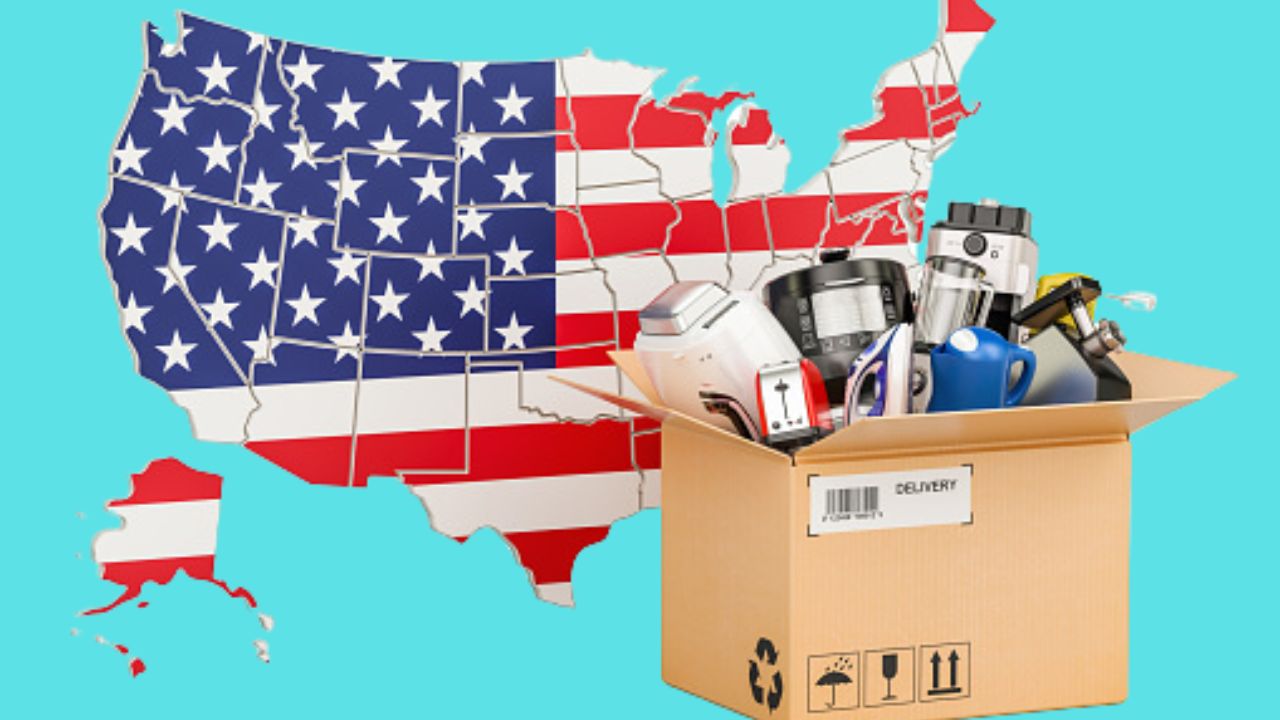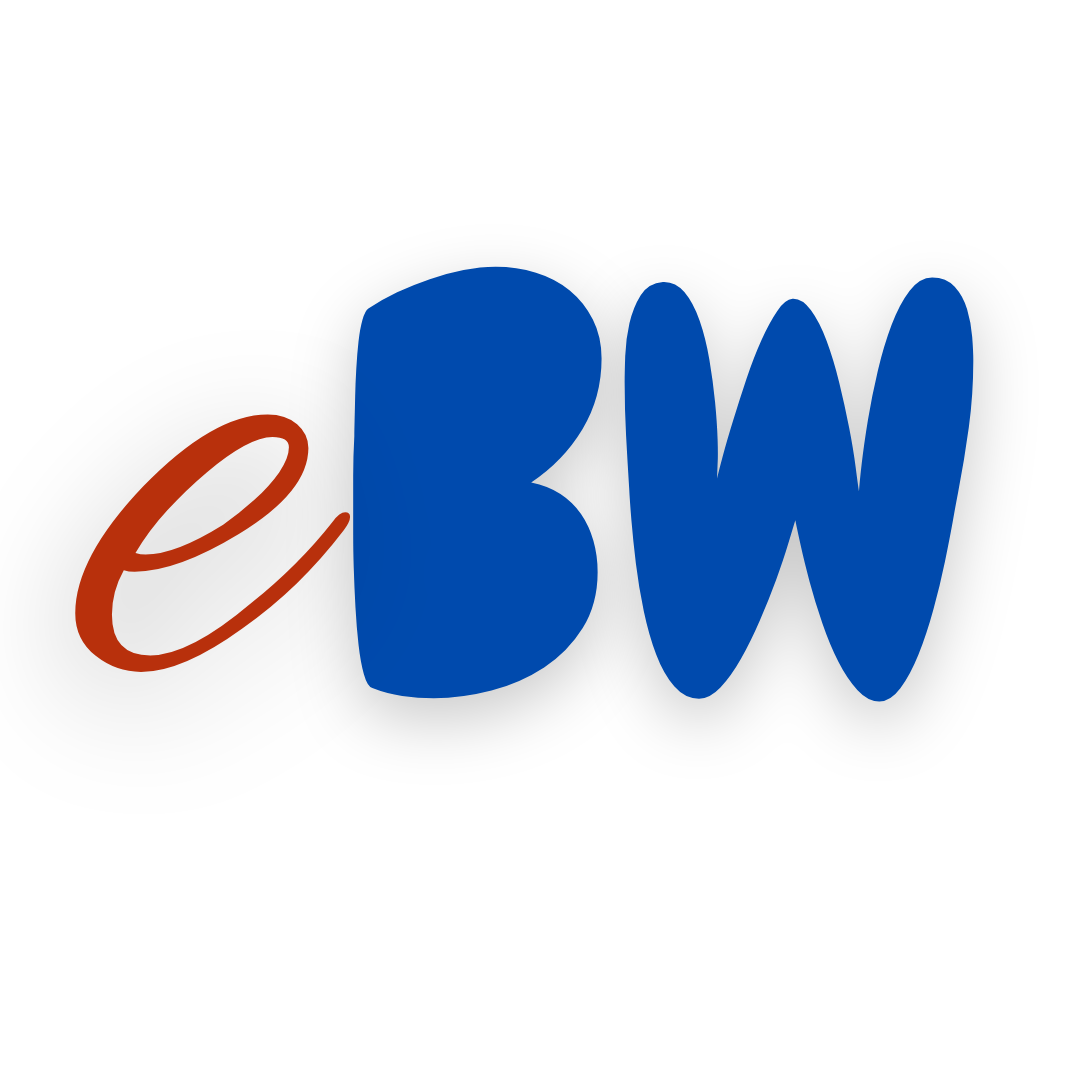Opening a coffee shop sounds like an exhilarating venture for many entrepreneurs. Still, the difficulty comes when deciding which business model works better for them: a pop-up coffee bar or a traditional cafe. There are positive aspects of both options but each one comes with specific advantages and challenges. This guide is intended to assist you in evaluating your choices for your coffee shop business, be it the adaptability of pop-up coffee shops or the security of traditional brick-and-mortar coffee bars.
What Is A Pop-Up Coffee Bar?
A pop-up coffee bar is defined as a mobile and temporary coffee shop that exists to exploit prime locations and events. It is common for these setups to be compact and stylish, operating out of retail spaces, markets, or even street corners.
Pop-ups gain buzz because of their novelty. These setups are popular in upcoming neighbourhoods, farmer’s markets, and festivals. Unlike traditional cafes, the focus of pop-ups is on flexibility and experimentation.
There Are Different Ways To Set Up Mobile Pop-Up Coffee Shops:
Mobile carts or trucks effectively bring coffee to customers at a busy city street, a corporate office park, or a local farmers’ market. These setups can be moved and are very flexible.
Booths in stadiums and other venues: These are best for facing areas in stadiums serving concerts and festivals or at conferences so that attendees are quickly served delicious coffee with the convenience of not stocking a permanent setup.
Repurposed places like cafés in a store: Set up small coffee corners in unused spaces like kiosks in cafés or in shopping centers and attract foot traffic while sharing rent with other businesses.
Seasonal operations, e.g. winter ski resorts coffee stands or summer beachside coffee stands set up at beaches in summer and ski resorts in winter to get the most out of tourist crowds during the peak seasons.
Benefits of Pop-Up Coffee Bars
1. Affordable Investments
Pop-up coffee bars are inexpensive ways to break into the coffee business. Rather than pouring resources into a fully fledged café, a coffee bar can be set up with minimal investment through portable appliances, short-term space rentals, or collaborations with other businesses.
2. Freedom in Branding and Location
By nature, pop-ups are mobile, one of their most attractive features. They can be positioned in busy streets or at different festivals and attempt to pinpoint the most lucrative locations. This flexibility extends to the coffee offered, and the branding can also be adjusted based on local fads or happenings.
3. Market Research
Pop-ups are perfect for innovation, marketing new coffee combinations, comprehending audiences, or testing business ideas. Before a business owner locks themselves into a café lease, they can use pop-ups to learn about their target audience and streamline the ideal business model.
4. Excitement and Attraction
The hyper-targeted nature of certain brands caps their product appeal through restricted time frames, creating excitement for consumers who want to get their hands on something unique. This novelty induces publicity and vigorous conversations around the brand, which increases the business’s visibility at no cost.
Drawbacks of Impermanent Coffee Bars
1. Temporary Nature
Pop-ups benefit from their nomadic nature, but this is a double-edged sword. The instant gain in popularity for the business could overshadow other more basic underlying issues that might come in the path of growth and expansion in the future.
2. Marketing Challenges
Pop-ups face enormous marketing challenges as customer loyalty is difficult to build because of strong communication limitations. New marketing strategies will constantly be needed for recently established locations to maintain a positive reputation.
3. Logistical Hurdles
Over-dependence on temporary setups can lead to forward mobility challenges. A kiosk operator must consider the matter of permits and equipment and maintain the same standards in all outlets. These objectives come with difficulties, posing significant logistical challenges to the operator.
What Is a Traditional Café?
A traditional café uses permanent brick-and-mortar locations where patrons can dine for coffee or beverages. They are household names around the globe, serving as cherished community spots and business venues, integrating themselves into how people live and work.
More traditional, but far easier to operate, traditional cafes are self-reliable for long term business strategies focused on community stronger than one individual’s sense of identity.
Typical Traditional Café Models
Coffeehouses offer many customers a reliable point of purchase, which satisfies their need to buy coffee. Their presence in the community prompts brand loyalty.
Cafés with dedicated spaces offer a cosy setting, attracting customers who want to eat, drink, work, or socialize while enjoying snacks and beverages.
Locations with onboard leasing deals in active commercial or residential parts of town generate good visibility and foot traffic, which is essential for business growth and customer retention.
Benefits of Traditional Cafés
1. Continuity and Stability
Traditional cafés enjoy stability due to their fixed location, which helps them generate revenue over the long term. The business can develop deep roots within the community, which helps foster repeat visits.
2. Brand Image Increases
Adding a dedicated space makes branding easier. Over time, patrons associate the café space with quality, service, and community, enhancing customer loyalty and business reputation.
3. Earned Income Variety
The set working hours alongside the dedicated location make it easier for traditional cafes to earn income consistently. Earning income is also made easier by the daily foot traffic and repeat customers.
Drawbacks of Conventional Cafés
1. Considerable Initial Investment
For a straightforward café business to begin, considerable initial investments are required, such as a long-term lease, interior décor, coffee machines, and required manual and staff recruitment. Most entrepreneurs are forced to get loans or investors for these types of businesses.
2. Renting Space for Prolonged Periods
Establishing a permanent business address involves accepting fixed rent, utility, and day-to-day operational tasks. This inflexibility can be problematic for some entrepreneurs who want to act quickly or take risks.
3. Experiments on a New Concept are Limiting
Similarly to most traditional cafés, pop-up cafés do not have the flexibility to move premises easily and never have enough time to enhance the old concepts. Changing place and improving the old concept or innovation takes more investment and time.
Traditional Coffee Shop vs Pop-up Coffee Bar
Below is a direct comparison between the two business models in terms of each component that may influence your objectives:
| Key Aspect | Pop-Up Coffee Bar | Traditional Café |
| Startup Costs | Lower due to temporary setups | High due to permanent leases and setup |
| Flexibility | High – mobile and experimental | Limited by fixed location |
| Marketing | Challenging – constant need for promotion | Easier – stable customer base |
| Customer Loyalty | Harder to build due to temporary nature | Strong over time with reliable service |
| Revenue Stability | Fluctuates with location and duration | More consistent |
Tips for Success
Ensure to conduct thorough market research and decide on the location that meets niche expectations, whether you run a pop-up coffee bar or a traditional café style setup.
Always focus on quality; it is essential to any business. A strong reputation can be established by serving great quality coffee and unmatched service regardless of the location of your setup.
Social Media can be used for advertisement purposes through Instagram and Facebook. Build a strong, loyal community to further support your business by showing them the space and specials and interacting with them directly.
Change is the Only Constant – A pop-up coffee bar can easily change locations and extend its marketing to maximize profits and exposure. As for traditional cafés, they keep their customers engaged by offering seasonal and other updates in their café from time to time.
Customer Service Comes First – Ensure, take the time, and work hard to make the atmosphere and experience welcoming and memorable for each customer to track their visits.
Financial Oversight is Paramount – Especially due to the nature of pop-ups, it is important to monitor expenses and profits they’ll make continually to ensure that they remain financially stable. Financial stability is just as important in traditional setups with high overheads.
Expert Quotes
Emma Carter, a Coffee Business Consultant, asserts, “Pop-ups provide a novel way of trying and practising in the coffee business, primarily in places with seasonal demand. However, for those entrepreneurs interested in long-term business and developing loyal customers, a traditional café often proves a more profitable investment in the long run.”
Joshua Hill, who operated a pop-up, now focuses on his brick-and-mortar cafe, said, “Our pop-up helped us build a strong customer base immediately. Once we opened a location, many of our pop-up customers became frequent customers.”
What Strategy Will Work Best for You?
The decision of a pop-up coffee bar versus a traditional coffee shop revolves around your business goals and willingness to take risks. Pop-ups are best used when starting new ventures, capitalizing on trends, and keeping the initial investment low. On the other hand, traditional cafes provide consistent sales, loyal customers, and a well-known brand.
Regardless of your route, never forget the magic coffee holds and the innovation potential. Keep your vision expansive, start with smaller goals, and do not hold back on your ideas!
FAQs
Q.1 What is the main advantage of starting a pop-up coffee bar?
Ans. The primary advantage is an affordable startup where one can test the concept and begin customer acquisition at minimal risk.
Q.2 What is the average cost of starting a conventional café?
Ans. The cost is directly proportional to its location and size, but traditional cafes require a significant upfront investment, and most often, it starts from 100,000 – 300,000 and above.
Q.3 Can a pop-up coffee bar become a brick-and-mortar café?
Ans. Many companies use pop-ups to gain a following before opening a permanent café.
Q.4. Are pop-up coffee bars viable for long-term business?
Ans. Normally, pop-ups are short-term, but some operators manage to keep them longer, especially if they change locations or partner with other businesses.
Q.5 How do I select a site for my pop-up coffee bar?
Ans. Choose places with many people, such as busy roads, festivals, or event centers. This will improve your brand’s visibility and increase the chances of being noticed.
Q.6 Do permanent cafes have more loyal customers compared to pop-ups?
Ans. Like pop-ups, traditional cafes usually have a loyal customer base because of their permanent status.
Q.7 What licenses are required to start a pop-up coffee bar?
Ans. Every state differs, but most require a food service license, a business license, and sometimes a temporary event permit.
Q.8 Is it possible to run a pop-up coffee bar all year round?
Ans. Yes, but the specific location largely determines how effective it would be. Indoor pop-ups at malls or co-working spaces are more efficient than outdoor setups during different times of the year.
Q.9 How do marketing strategies of pop-ups differ from the traditional cafes?
Ans. Pop-ups are a lot more instantaneous through social media and local events. Traditional cafes, on the other hand, focus more on branding and investing in building the community.
Q.10 Which model is more suited when testing out unusual drinks?
Ans. Due to flexibility and temporariness, pop-ups are better than any other model when trying out unusual drinks.
Q.11 Is securing funding for a traditional cafe setup easier?
Ans. It depends on the investor’s goals. Most investors are drawn to the stability of a traditional cafe. At the same time, investors are interested in innovative, low-risk pop-up cafes.
Q.12 What do I need for a pop-up coffee bar?
Ans. An espresso machine, a grinder, a water supply, and portable counters designed for easy mobility are classified as basic equipment.
Q.13 How do I handle staff planning for a pop-up coffee stall?
Ans. Ppp-up businesses generally require fewer workers, and recruiting part-time or temporary contacts is common.
Q.14 Is there a discernible difference between the revenue possibilities of pop-ups against traditional cafés?
Ans. Traditional cafes earn much more long-term than pop-ups, which can profit greatly quickly.
Q.15 What are the main issues affecting the success of a pop-up coffee stall?
Ans. Popular issues are lack of venue, unstable income, and providing reasonable service with a limited budget.
You may read this: How to Start a Successful Pop-Up Coffee Bar: A Step-By-Step Guide
